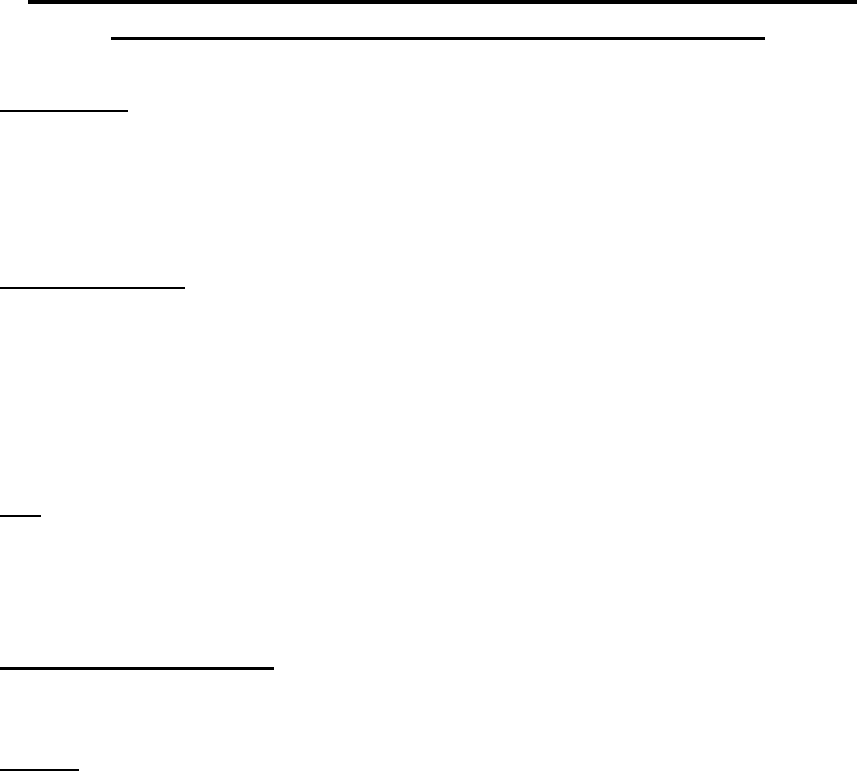
LOTHIAN PHYSIOTHERAPY ORTHOPAEDIC GUIDELINES
1
Achilles Tendon Rupture – Conservative Management
Accelerated Rehabilitation 8-week protocol
Introduction
Procedure: Conservative Management of Tendo-Achilles Rupture – Accelerated 8-
week protocol
Indications for Procedure: Tendo-Achilles Rupture
Expected Length of Stay: n/a
Surgeons: All orthopaedic trauma surgeons
Scope of Practice
These guidelines are designed to guide physiotherapists when treating patients
following conservative management of achilles rupture using the accelerated 8-week
rebound boot protocol. These guidelines were developed by a process of systematic
review of the current evidence based literature and medical and peer consultation.
They were correct at the time of writing. The guidelines should be used in conjunction
with the clinical reasoning skills of the physiotherapist and patients should always be
treated on a case by case basis.
Aim
The aim of these guidelines is to provide physiotherapy staff with a series of
recommendations from the current evidence base to assist them in the management
of patients who have sustained an achilles rupture which has been managed
conservatively using the accelerated 8-week Ossur rebound boot protocol.
Literature review question
Is there any evidence to guide conservative management and rehabilitation following
Achilles tendon rupture?
Results
The previous guidelines (Version 1, 2009 and Version 2, 2013) outline that there is
limited evidence (one Randomised Control Trial) that immediate protected weight
bearing in a pneumatic walker has no detrimental effect on outcome and one
Systematic Review that specifically outlines physiotherapy management stating that
“post achilles tendon rupture, a key issue is atrophy of the gastroc-soleus complex and
consequent gait abnormalities both of which may be reduced with immediate weight
bearing rehabilitation within an orthotic (Kearney et al, 2012)
The most recent literature review has found no clear evidence to further guide the
physiotherapy management of a conservatively managed achilles tendon rupture.
However, multiple studies (Ref’s 2, 3 & 4, 5) have noted no statistically significant
difference between outcomes in early weight-bearing vs. Non weight-bearing groups in
conservatively managed Achilles tendon ruptures, and one RCT found that “plaster
casting was not found to be superior to early weight-bearing in a functional brace”
(Costa et al, 2020). Indeed these authors demonstrated that a functional brace is
therefore considered to be safe and cost effective way of conservatively managing
Achilles tendon ruptures. This supports the initial 8 week period of early weight bearing
in a Ossur Rebound boot prior to physiotherapy commencing in this guideline.
There is no current evidence recommending the ideal timescales or intensity of range
of movement, strengthening, proprioception, sports and occupation specific exercise
following the conservative accelerated management (in a Ossur Rebound boot) of an
Achilles tendon rupture. Therefore the following recommendations are based on
protocols and opinions of experts in the field.
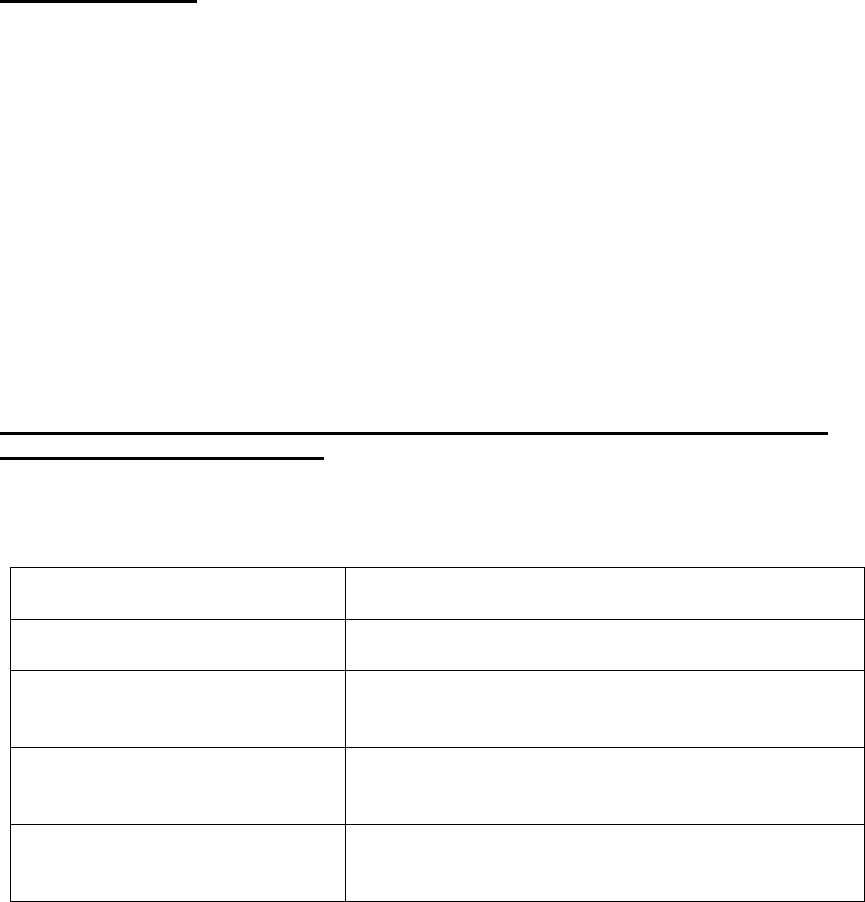
LOTHIAN PHYSIOTHERAPY ORTHOPAEDIC GUIDELINES
2
Recommendations
At the time of writing this guideline a clinical trial is being carried out in NHS Lothian
comparing 2 groups. All patients in NHS Lothian that are deemed appropriate for
conservative management are either:
1. Placed in an Ossur Rebound Boot and allowed to FWB in this boot for 8 weeks.
0-4 weeks there is a 4cm wedge, 4-6 weeks there is a 2cm wedge, and 6-8
weeks there are no wedges and the ankle is in neutral in the boot. OR
2. Placed in an Ossur Rebound Boot and allowed to FWB in this boot for 8 weeks.
0-4 weeks there is a 3cm wedge, 4-6 weeks there is a 1.5cm wedge, and 6-8
weeks there are no wedges and the ankle is in neutral in the boot.
The boot is to be worn continuously for 0-8 weeks including when in bed.
Both of the above patient groups are allowed to FWB in the boot.
Note: Weight-bearing status may differ between consultants therefore please
check for specific instructions.
Phase 1: Immediate Post-injury – 8 weeks (Initial Physiotherapy Out-
Patient Appointment at 8 weeks)
Goals
Recommendations
Ensure patient is safely
mobilising with crutches
Gait Re-education (C)
Maintain quadriceps and
hamstring and gluteal
function
Non-weight bearing isometric and isotonic
exercises (C)
Ensure patient is aware of
common complications
Educate patient regarding signs and symptoms (C)
Minimise swelling
Advice re elevation (C)

LOTHIAN PHYSIOTHERAPY ORTHOPAEDIC GUIDELINES
3
Phase 2: 8 weeks post injury – 10 weeks post injury
Supervised physiotherapy begins at 8 weeks after boot has been removed.
Precautions:
Avoid full WB stretching of tendon
Avoid using eccentric loads which exceed the concentric ability
Goals
Recommendations
Minimise swelling
Advice re elevation and ice (C)
Progress mobility as able
Gait re-education progressing as able.
Increase ankle ROM
Active ROM for the ankle
Functional mobilisation(C)
Increase Neuromuscular
Control
Balance exercises – initially weight transfer
practice and progress as able (C)
Phase 3: 10 weeks post injury – 12 weeks post injury
Precautions:
Avoid full WB stretching of tendon
Avoid using eccentric loads which exceed the concentric ability
Goals
Recommendations
Minimise swelling
Advice re elevation and ice (C)
Progress mobility as able
Gait re-education as able
Increase ankle ROM
Active ROM for the ankle
Functional mobilisation(C)
Begin gentle NWB dorsiflexion stretches slowly
(C)
Increase Strength
Begin resistance band strengthening for the calf.
Progress to Concentric/Eccentric heel raising
through available range (Eccentric load equal to
concentric load only) (C)
Strengthen all lower limb muscle groups as
indicated: open/closed chain gluteal hamstring
and quadriceps exercises (C)
Increase Neuromuscular
Control
Balance exercises – initially single leg static and
progress as able (C)
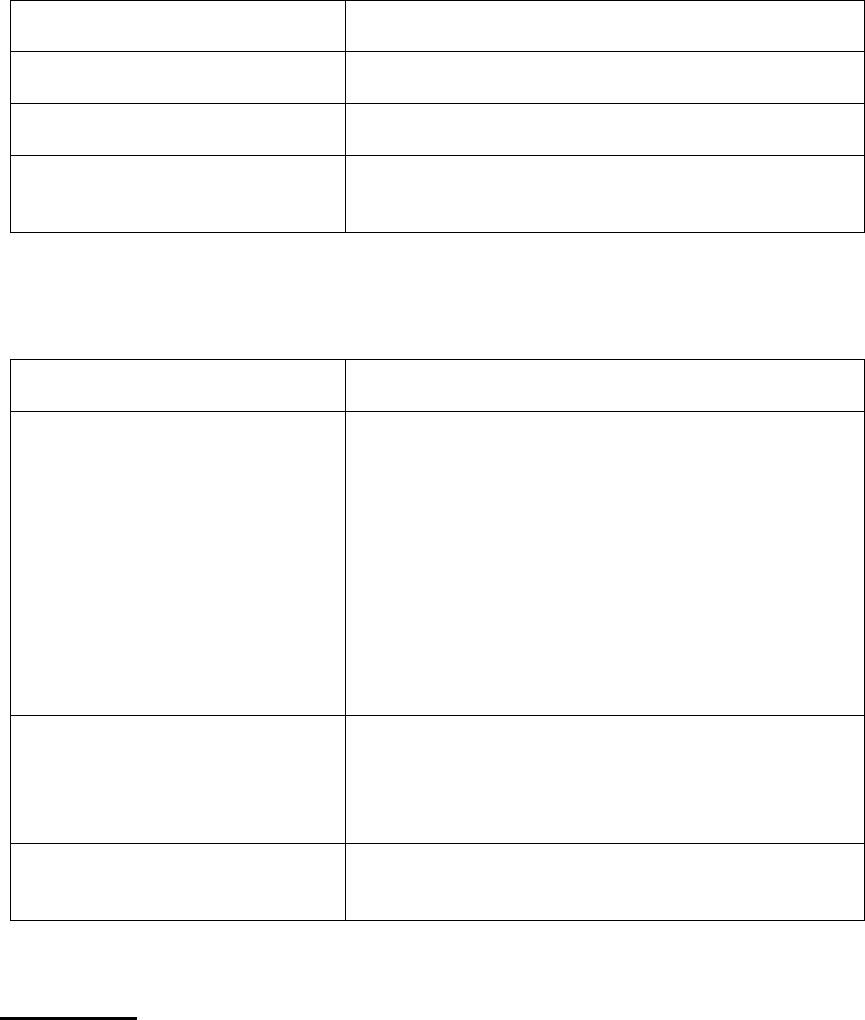
LOTHIAN PHYSIOTHERAPY ORTHOPAEDIC GUIDELINES
4
Phase 4: 12 weeks post injury – 24 weeks post injury
Precautions:
No Maximal Isokinetic testing until 24 weeks
Goals
Recommendations
Restore full tendon extensibility
Progressive weight bearing calf stretches (C)
Increase strength through range
Continue to strengthen through full active range if
motion (C)
Improve eccentric capacity
Eccentric calf exercises with loads that exceed the
concentric ability (C)
Phase 5: 24 weeks post injury +
Goals
Recommendations
Restore full occupational
Occupation and sporting
function
Occupation and sport specific rehabilitation
including return to running (when patient’s calf
strength is 80% or greater than uninvolved
side)(C)
Commence early plyometric training e.g. skipping,
double leg bounding (when patient’s calf strength
is 80% or greater than the uninvolved side)(C)
Consider using 1 RM calf raise if no access to
isokinetic testing(C)
Restore optimal calf strength
concentrically and eccentrically
Isokinetic testing (N.B. Expect strength deficit of
15%)(C)
Consider using 1 RM calf raise if no access to
isokinetic testing(C)
Full sports specific training and
return to competitive sport
End stage sports specific rehabilitation (C)
Expectations
Patients are expected to return to full function including sport at around 6
months post removal of cast.
It is expected that there will be a 15% deficit of concentric and eccentric
strength of the affected side if measured isokinetically usually due to
weakness in inner range plantarflexion. (C)
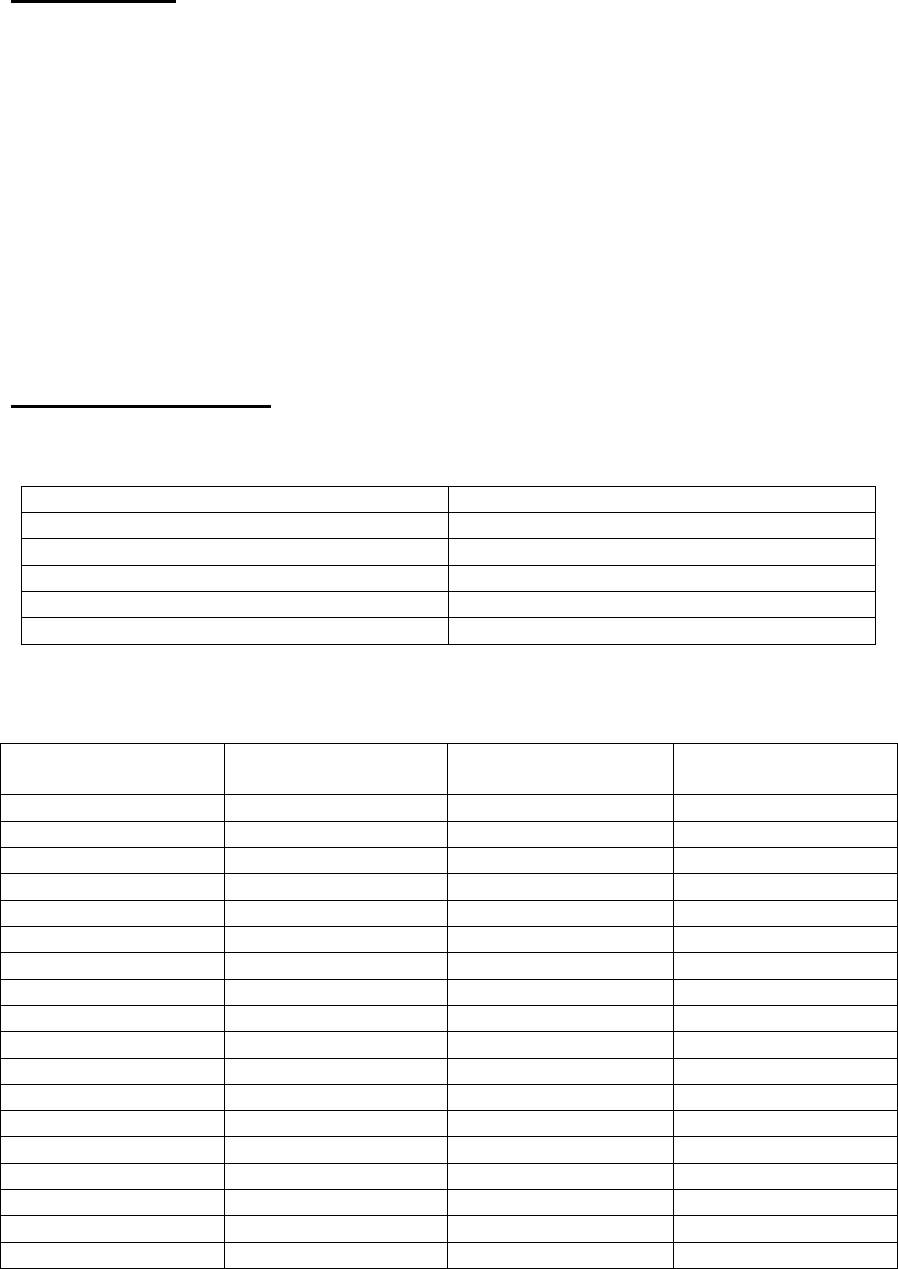
LOTHIAN PHYSIOTHERAPY ORTHOPAEDIC GUIDELINES
5
Search Process
A systematic review of the current literature on conservative management of Achilles
tendon rupture was carried out. The previous guidelines were published in 2013.
These updated guidelines searched for relevant studies from 2013 to 2020. Using
NHS Scotland Knowledge Network (Web of Science) the following databases (table
1) and search terms (table 2) are listed below. These terms were based partially on the
terms used in the 2013 literature review for continuity, and modified to include other
potential relevant factors or synonyms. The titles and abstracts of all identified studies
were assessed to determine whether they were pertinent to the research question.
Articles, which were not relevant to the research question and/or were duplicates, were
discarded at this point.
Total number of articles selected: 44
Total number of articles discarded: 37
Critical Apprasal Tools: The Critical Appraisal Skills Program (CASP) tool was
used to review the quality of the included Systematic Review.
DATABASE
Inclusion Criteria
EMBASE
2013 onwards, English language only
CINHAL
2013 onwards, English language only
AMED
2013 onwards, English language only
MEDLINE
2013 onwards, English language only
COCHRANE
2013 onwards, English language only
Table 1: Data bases
Group 1 (structure)
Group 2 (event)
Group 3
(treatment)
Group 4 (outcome)
Achilles
Tendon
cast
Return to work
Rupture
equinus
Return to function
Tear
weightbearing
Tendon mechanics
Injury
management
Active movement
Immob*
Passive movement
Eccentric
Outcome measures
Phys*
Tensile
Loading
Failure
Strength*
Collagen synthesis
Brac*
Collagen matrix
Surg*
Atrophy
Conservative*
Length
Guideline*
Re-rupture
Rehab*
Recurrent
Operative*
Repeat
Orthot*
Heel raise
Wedge
Table 2: Search terms

LOTHIAN PHYSIOTHERAPY ORTHOPAEDIC GUIDELINES
6
References
1. Kearney RS, McGuinness KR, Achten J, Costa ML; (2012) A systematic
review of early rehabilitation methods following a rupture of the Achilles tendon,
Physiotherapy, 98, 24–32
2. Costa M L, Achten J, Marian I R, Dutton S J, Lamb S E, Olliver B, Maredza
M, Petrou S, Kearney R S (2020) Plaster cast versus functional brace for non-
surgical treatment of Achilles tendon rupture (UKSTAR): a multicentre
randomised controlled trial and economic evaluation The Lancet, 395, 441- 448.
3. Young S W, Patel A, Zhu M, van Dijck S, McNair P, Bevan W P, Tomlinson
M (2014) Weight-Bearing in the Nonoperative Treatment of Acute Achilles
Tendon Ruptures J BoneJoint Surg (Am), 96, 1073-1079.
4. Mark-Christensen T, Troelsen A, Kallemose T, Weisskirchner B (2016)
Functional rehabilitation of patients with acute Achilles tendon rupture: a meta-
analysis of current evidence Knee Surg Sports Traumatol Arthrosc, 24, 1852-
1859.
5. El-Akkawi A I, Joanroy R, Barfod K W, Kallemose T, Kristensen S S,
Viberg B (2018) Effect of Early Versus Late Weightbearing in Conservatively
Treated Acute Achilles Tendon Rupture, The Journal of Foot and Ankle
Surgery, 57, 346-352.
6. Costa M L, MacMillan K, Halliday D, Chester R, Shepstone L, Robinson A
H N, Donell S T (2006) Randomised controlled trials of immediate weight-
bearing mobilisation for rupture of the tendo Achilles J Bone Joint Surg (Br) 88-
B: 69-79
7. Khan R J K, Fick D, Keogh A, Crawford J, et al. (2005) Treatment of Acute
Achilles Tendon Ruptures: A Meta-Analysis of Randomised Controlled Trials J
Bone Joint Surg (Am) Boston: Vol 87, Iss. 10: pg 2202, 9pgs
Bibliography
Lothian Physiotherapy Orthopaedic Guidelines; Achilles Tendon Rutpture –
Conservative Management (2009)
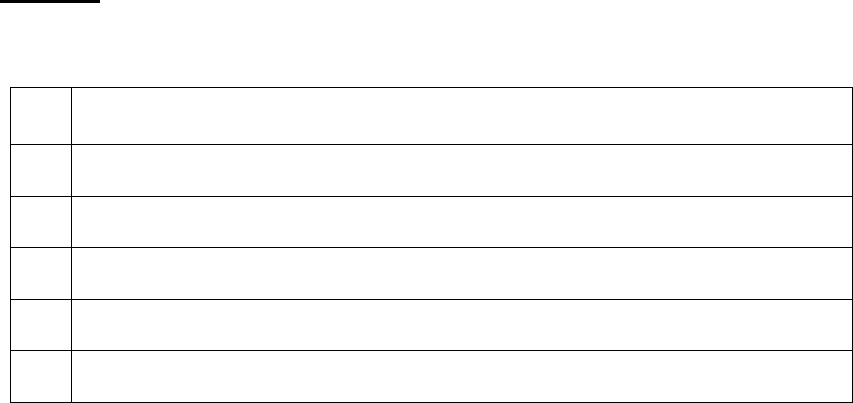
LOTHIAN PHYSIOTHERAPY ORTHOPAEDIC GUIDELINES
7
Appendix
Appendix 1 Levels of Evidence
A1
Evidence from large randomised controlled trials (RCTs) or systematic review
(including meta-analyses)†
A2
Evidence from at least one high quality cohort
A3
Evidence from at least on moderate size RCT or systematic review
B
Evidence from at least one RCT
C
Expert opinions
D
Laboratory Evidence*
† Arbitrarily, the following cut-off points have been used: large study size ≥50
patients per intervention group; moderate study size ≥30 patients per intervention
group.
*Arbitrarily, added by Lothian Physiotherapy Musculoskeletal Network Group
Version 3
Authors: Evonne Sutherland, Andrew Baxter, Mike Kennedy
Date: Dec 2020
Date for Review: 2025
Page number: 7
